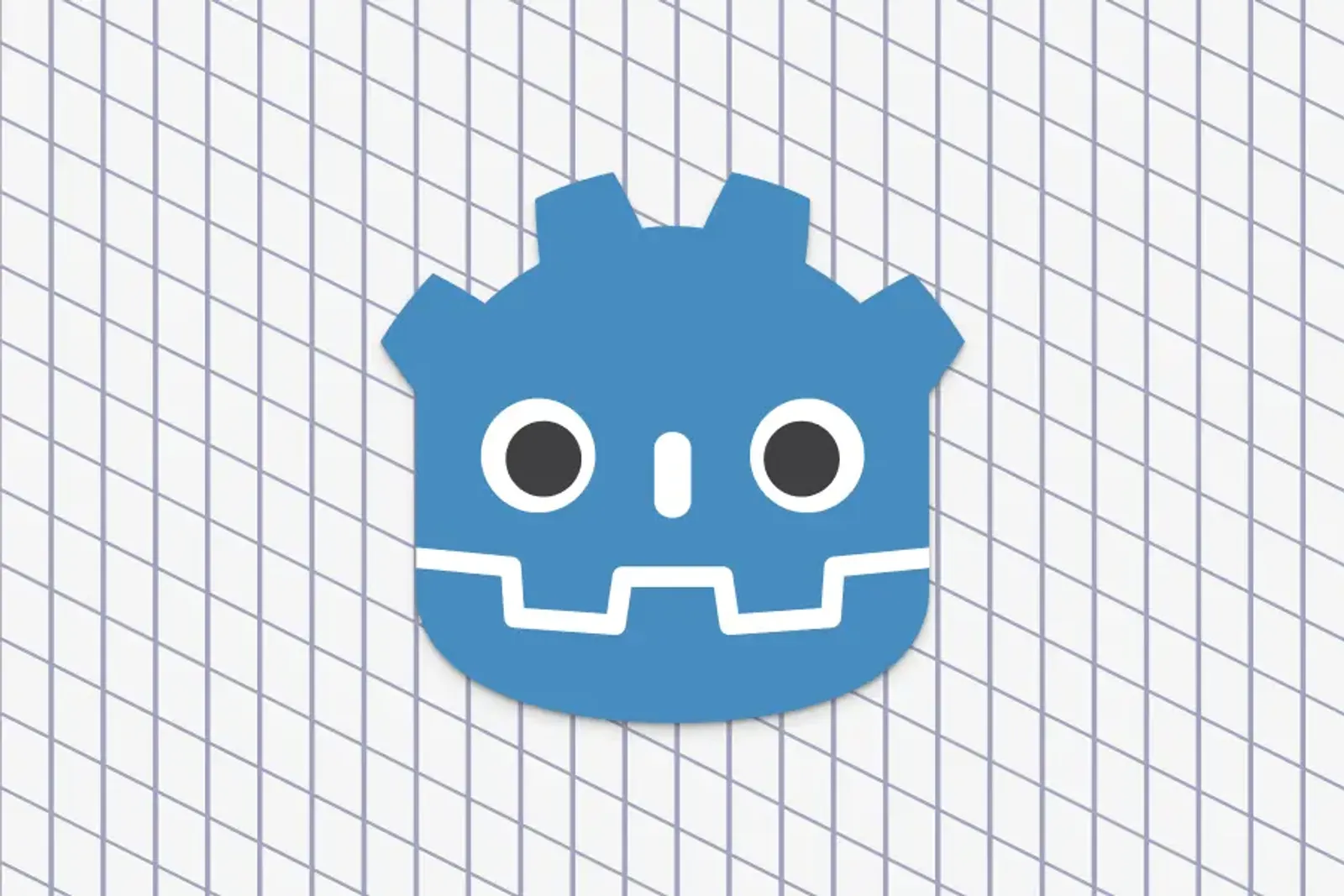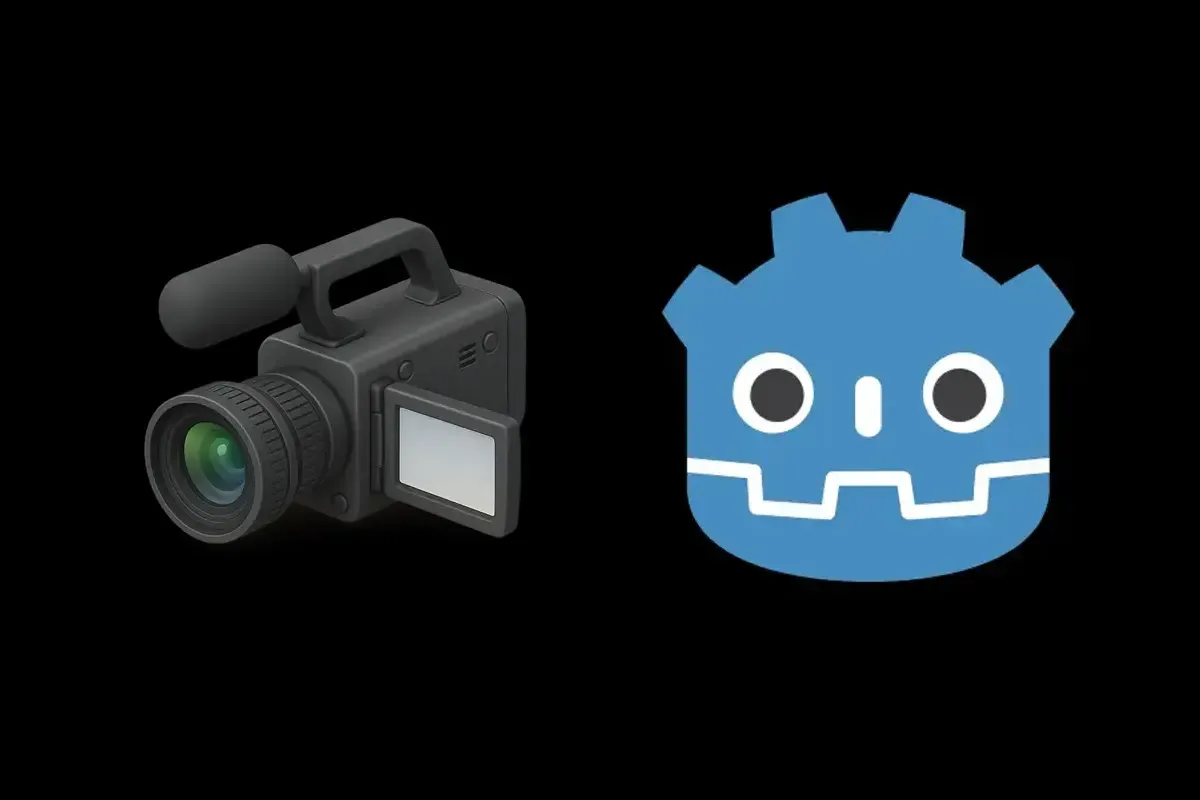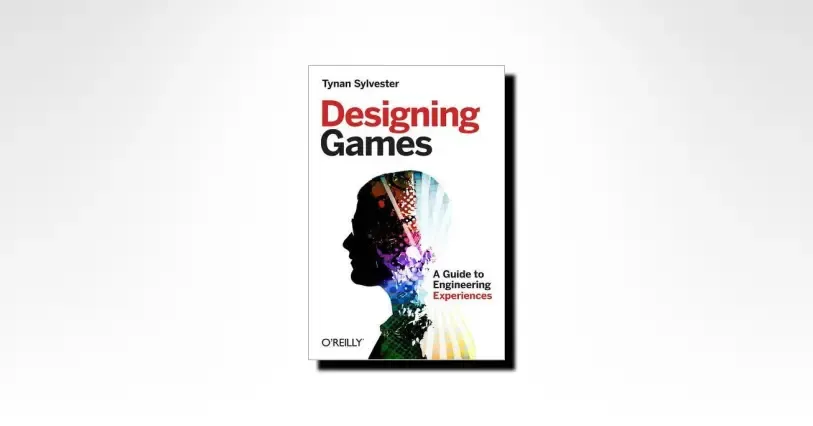Top Game Development Patterns in Godot Engine
Learn the essential game development patterns in Godot to boost your game performance, optimize resources, and maintain clean, modular code. Discover patterns like Object Pooling, Signal Bus, Flyweight, and more for scalable, efficient game design.
Manuel Sanchez

In game development, writing efficient, maintainable code is essential for creating a smooth and enjoyable experience. Godot provides a robust framework for implementing various professional game development patterns that help you optimize resources, prevent code leaks, and keep your code organized. This article explores top game development patterns you can use in Godot to take your project’s performance and modularity to the next level.
Whether you’re looking to manage memory usage, streamline communication between objects, or enhance flexibility, these design patterns provide proven solutions to common challenges in game development.
These are the topics we will cover in this article:
What are Game Development Patterns?
Game development patterns are tried-and-tested solutions for handling common programming challenges. They provide reusable structures that make code easier to understand, extend, and maintain. By following these patterns, developers can solve recurring issues effectively, resulting in code that’s both performant and scalable.
Even that I am talking about Godot Engine, these patterns are not exclusive to it. You can apply them to other game engines or programming languages as well. The concepts are universal and can be adapted to different environments. For this article, I will be focusing on the last version of Godot Engine, which is 4.3 at the moment of this writing.
Why Use Patterns in Godot?
Godot’s flexibility allows you to implement various design patterns that:
- Optimize resource usage: Essential for improving performance in memory-constrained environments like games.
- Prevent code leaks: By modularizing logic, patterns reduce dependencies and mitigate issues related to memory leaks.
- Enhance scalability: Patterns allow you to expand game functionality without rewriting large code sections.
Let us dive into some of the most useful game development patterns in Godot Engine:
Signal Bus Pattern
The Signal Bus pattern centralizes communication within your game, allowing objects to send signals without knowing the listeners. This setup reduces dependencies, promotes modularity, and allows easy event management.
Example: In a Godot RPG, a player can emit a damage_taken signal via the Signal Bus. The health bar UI, sound manager, and AI systems connect to this signal to update the display, play an alert, and adjust enemy behavior, respectively. This decoupling minimizes the chance of code leaks by keeping the systems separate yet connected.
Object Pooling Pattern
Object Pooling is a memory management pattern that creates reusable objects instead of instantiating and deleting them repeatedly. This is ideal for high-frequency items like bullets in a shooter or particles in a VFX-heavy game.
Example: Create a BulletPool singleton in Godot that holds inactive bullet instances. When a bullet is needed, it’s reactivated from the pool, saving the overhead of instantiating a new one. This pattern improves performance by reducing memory allocation costs.
Resource Pattern (with .tres files)
Using .tres files with resources allows you to store data like character stats, weapon properties, and configuration settings outside the main game code. This separation ensures that updates to values don’t require recompiling or duplicating objects.
Example: In an RPG, a CharacterStats resource might include health properties and signals for health_changed or character_died. When the character takes damage, the resource emits a health_changed signal, and UI or sound effects respond to this change. This approach optimizes both data management and communication.
State Pattern
The State pattern helps manage an object’s state transitions in a structured way. Instead of a giant if statement, each state (e.g., Idle, Run, Jump) is managed separately, improving readability and maintainability.
Example: In a platformer game, a player might have different state scripts for running, jumping, or falling. Each state has distinct logic and transitions to other states based on events, such as input or collision.
Flyweight Pattern
Flyweight minimizes memory usage by sharing data between similar objects. In games, this is especially useful when rendering a large number of similar items, like trees in a forest.
Example: In Godot, load a few tree variations and reuse them, altering only scale or rotation to make them appear unique. This pattern is ideal for optimizing large, repetitive environments by reducing the memory footprint.
Command Pattern
The Command pattern is commonly used in applications that require undo/redo functionality or to queue actions. Each action is encapsulated as an object, making it easy to store, execute, or reverse.
Example: In a turn-based strategy game, each player action (like MoveUnit, Attack, EndTurn) can be encapsulated as a command. This pattern enables queuing and undoing commands, adding flexibility for player actions and game AI.
Observer Pattern
In the Observer pattern, one object notifies multiple other objects about changes, commonly used for UI updates or notifications. Godot’s built-in signal system makes implementing this pattern straightforward.
Example: For a player health system, the HealthManager can notify UI, sound, and animation components whenever health changes. This separation keeps each system focused on its task without hard dependencies, reducing code complexity.
Prototype Pattern
The Prototype pattern allows you to create new objects by copying an existing one, reducing the need for complex initialization logic. This is useful when creating multiple instances of similar objects with slight variations.
Example: In Godot, create a basic enemy scene as a prototype. Each new enemy spawned from this prototype can have its unique properties, like different health or attack values. Instead of creating a new scene for every enemy type, the Prototype pattern allows you to use a single template and customize only the necessary properties, reducing memory usage and increasing flexibility.
Service Locator Pattern
This is one of my favorite patterns. The Service Locator pattern is useful for managing globally accessible services, like audio management, save/load systems, or analytics, in a centralized way. Instead of every game object directly referencing these services, they access them through a Service Locator. This reduces dependency and makes it easier to replace or mock services during testing.
Example: In Godot, create a ServiceLocator singleton with methods for accessing various services, such as AudioManager, SaveManager, or SceneTransitionManager. Instead of directly coupling each game object with these managers, you call ServiceLocator.get_audio_manager() or ServiceLocator.get_save_manager(). This setup makes the code more flexible and maintainable, as you can easily swap services without disrupting other components.
Composition Pattern
The Composition pattern is a design approach where complex objects are built from simpler components. Structurally, it is very similar to inheritance. However, instead of inheriting behavior, a class contains instances of other classes that implement the desired functionality.
Example: In a shooter game, a player can have a script that composes various components like PlayerMovement, WeaponSystem, and HealthSystem. Each component handles a specific aspect of the player’s behavior. This makes it easier to manage and extend. Also the cool thing is that you can reuse these components in other game objects, like enemies or NPCs. Check out this amazing tutorial on How To Create a Shooter Game in Godot Engine using the Composition Pattern on YouTube .
Conclusion
By incorporating these game development patterns into your Godot projects, you can create more efficient, scalable, and maintainable games. Whether you’re optimizing memory usage, improving communication between objects, or enhancing flexibility, these patterns provide proven solutions to common game development challenges.
FAQ about Game Development Patterns in Godot Engine
Yes, many of these patterns, such as Object Pooling, State, and Command patterns, are universally applicable across different game engines and programming languages.
Share article


